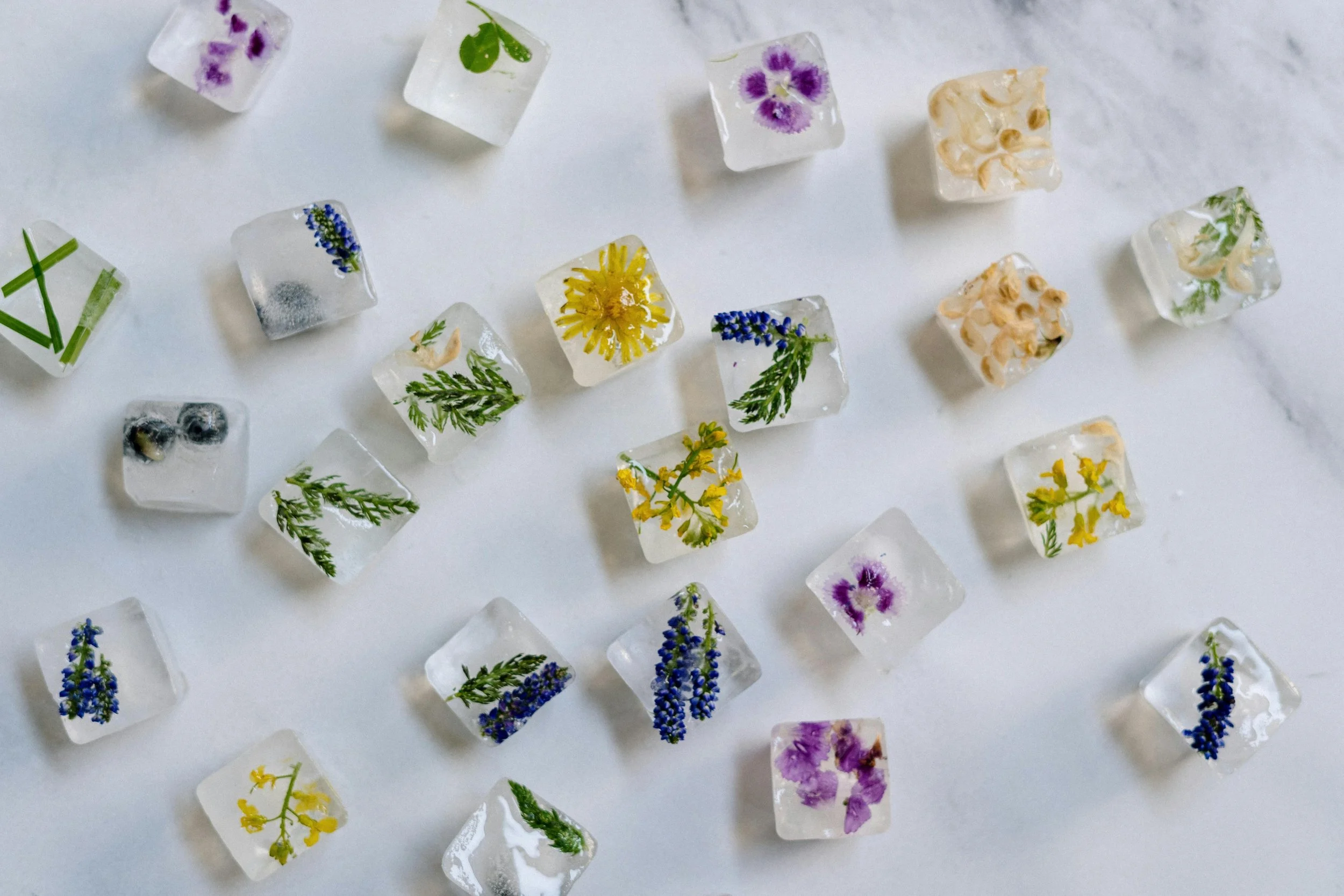Is It Bad to Ice Your Face? An Esthetician’s Honest Take
You may have seen the trend of “icing your face” all over social media… cold compresses, ice cubes, and even frozen rollers promising instant depuffing and glowing skin. But does it really work? As an esthetician in NYC, I’ve tested this on clients and have insights into when it can help, when it might hurt, and how to do it safely.
❄️ The Benefits of Icing Your Face (When Done Right)
When used correctly, icing can offer some real skin perks:
Reduces Puffiness: Especially around the eyes. Cold helps constrict blood vessels, which can bring down swelling.
Calms Inflammation: Icing may help soothe angry breakouts or redness.
Tightens Skin (Temporarily): Cold therapy can create a short-lived tightening effect and even help pores look smaller.
Boosts Circulation: A quick chill can wake up a dull complexion and leave you looking refreshed.
🔥 Icing for Inflamed Acne
One of the best uses for facial icing? Inflamed, painful acne.
If you’ve ever had those deep, swollen blemishes that feel sore to the touch, you know how frustrating they can be. Icing can be incredibly soothing in these cases:
Reduces swelling and pain. The cold helps constrict blood vessels, which calms inflammation and can minimize the size of the breakout.
Soothes the skin without added irritation. Unlike some topical acne treatments, ice doesn’t add any active ingredients, it just calms.
Great for emergency spot treatment. Especially when you need to take the edge off a breakout before an event or makeup application.
⚠️ When Icing Can Be a Bad Idea
But here’s the thing: ice is not skincare magic, and misusing it can do more harm than good.
Direct ice contact can damage your skin if the ice cube isn’t constantly moving. Holding it in one place too long can lead to irritation or even mild ice burns.
Overuse can backfire. Daily icing or keeping it on too long can weaken your skin barrier and make your skin more reactive over time.
Not for everyone. If you have rosacea, broken capillaries, or very sensitive skin, icing may trigger flare-ups instead of helping.
💡 How to Ice Safely
If you want to try icing, here’s how to do it the esthetician-approved way:
Keep it short. One to two minutes is plenty, just enough to calm and refresh the skin without overdoing it.
Follow with hydration. Always apply a gentle serum or moisturizer afterward to help protect your skin.
🧊 Best Ways to Ice Your Face (Without Damaging Your Skin)
If you want to try icing, here are my favorite safe and effective methods:
Bring an ice cube into the shower.
This is my personal go-to. It is less mess, easy clean-up, and the steam helps cushion the cold so it’s not too harsh on the skin.Use a cold jade roller, gua sha stone, or cryo rollers.
Store them in the fridge and glide them over your skin for a gentler, spa-like effect. These tools are ideal for depuffing and sculpting without the direct sting of ice.Wrap an ice cube in a paper towel.
A soft paper towel acts as a barrier while still delivering the cooling benefits.Try an ice bath.
Fill a bowl with cold water and ice, and gently dip your face in for a few seconds at a time. It’s invigorating and great for reducing puffiness.
Final Thoughts
So is it bad to ice your face? Generally no. But it depends on how you do it and your skin type. Icing can be a helpful tool in your skincare routine but like most things, it’s about balance.
Want to know if it’s right for your skin specifically? Feel free to reach out or ask me during your next facial. I’m always happy to guide you toward the best routines for your unique skin.
Before you grab that ice cube, get advice from a professional. At Millie Esthetics, your esthetician in NYC, we guide clients on safe, effective ways to care for skin, whether it’s de-puffing, soothing, or rejuvenating. Book your NYC facial and see what works for your skin.

